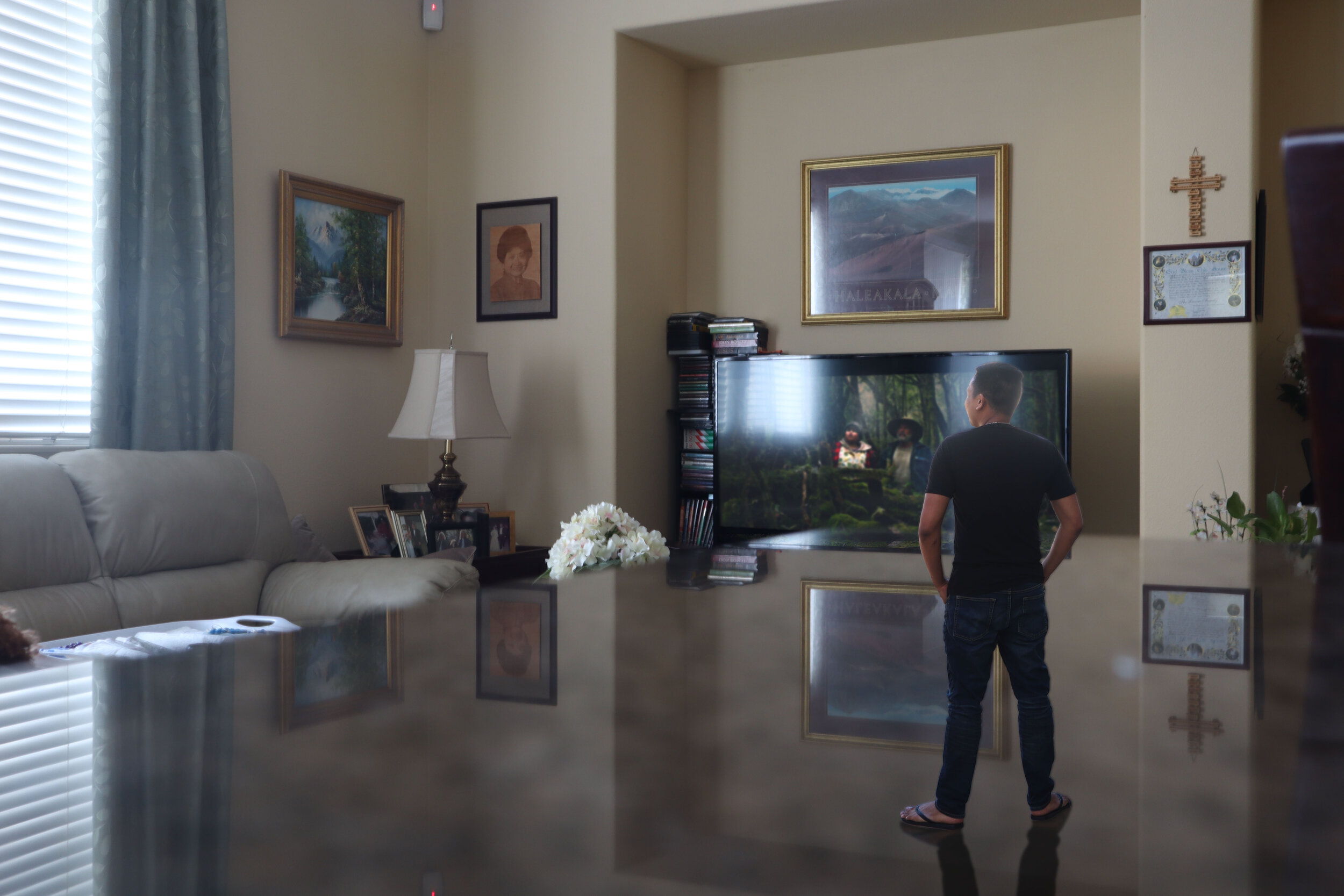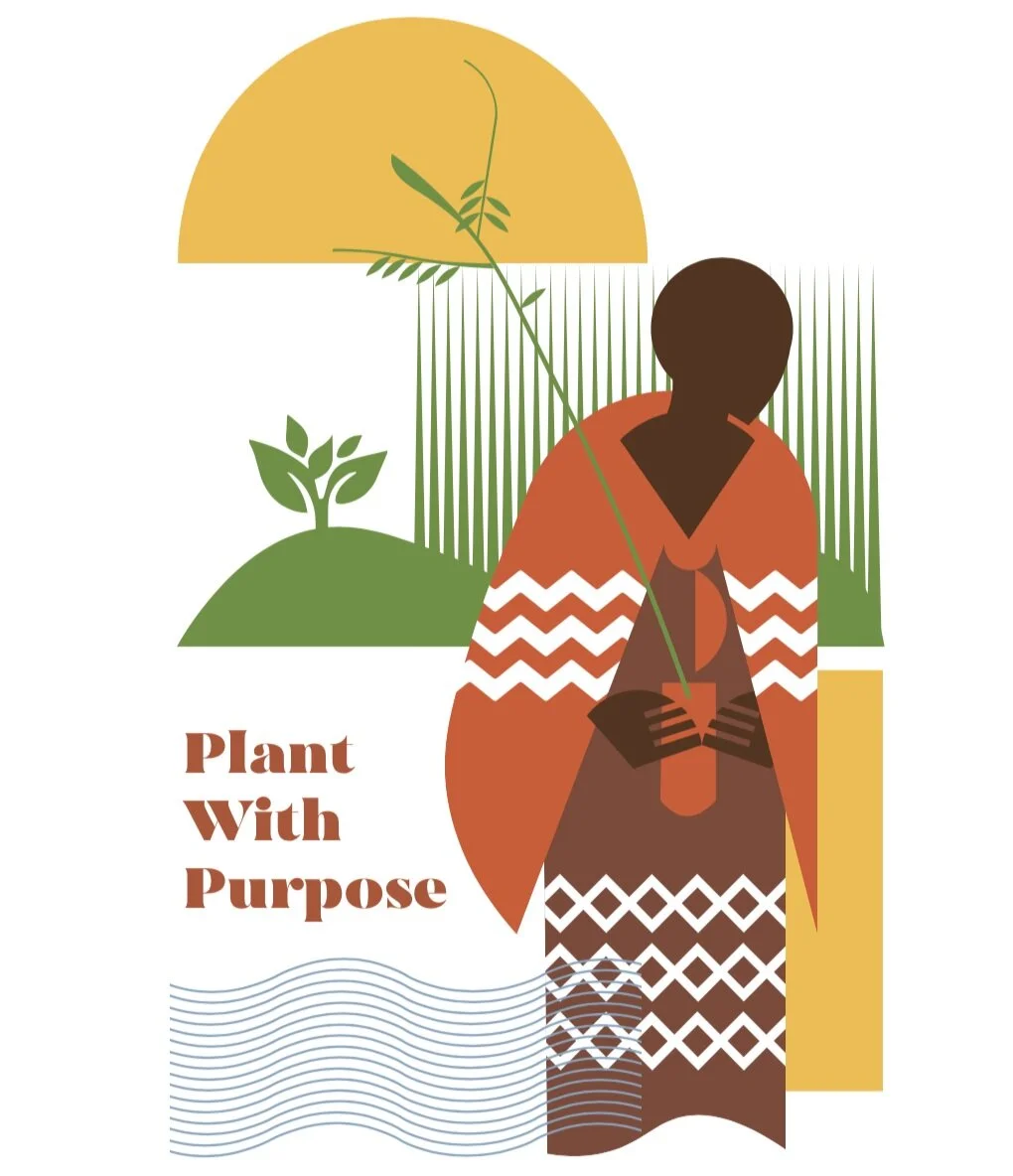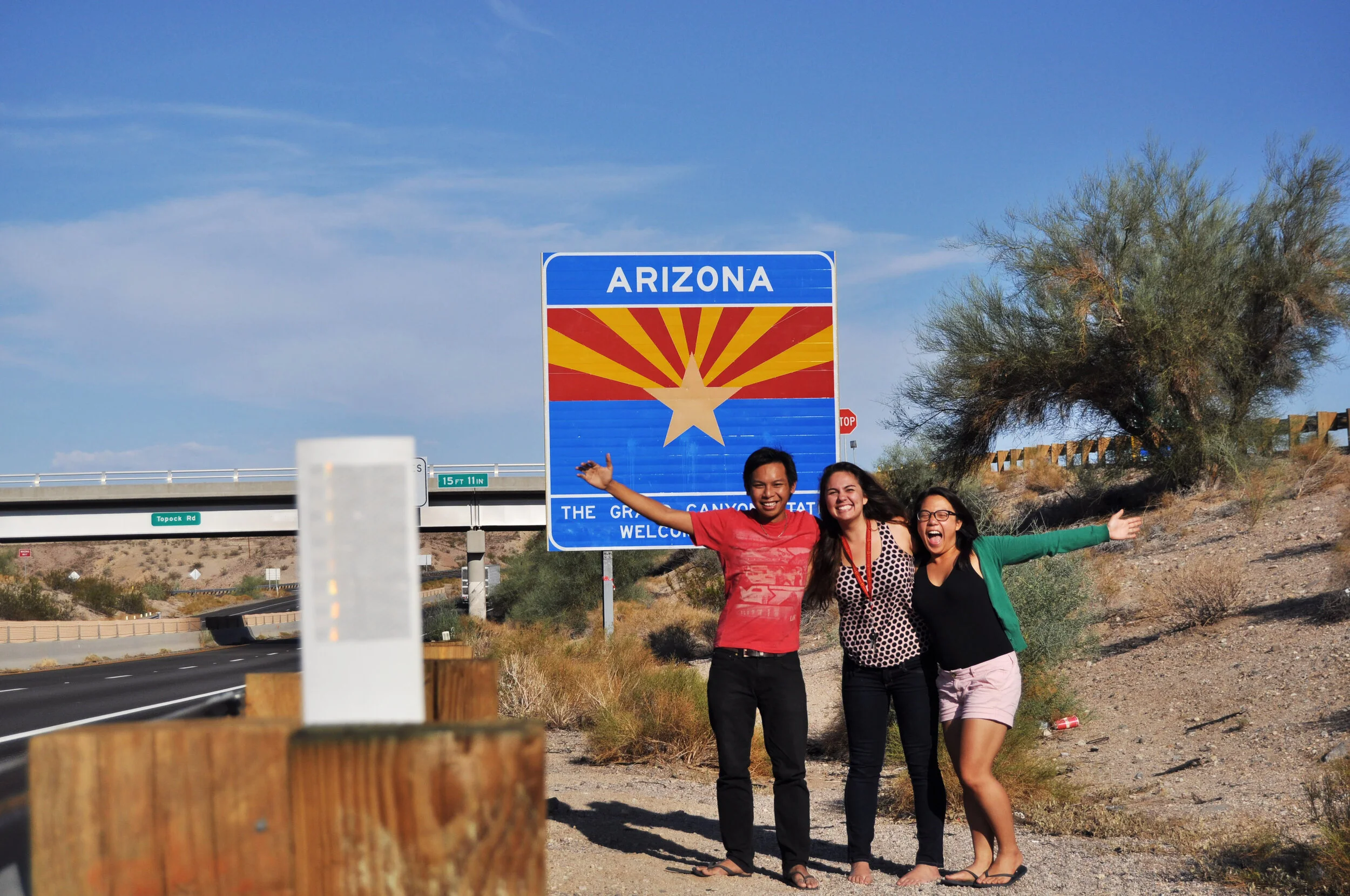Ready for one more round of International Film Favorites? Here we go!
🇿🇦🇫🇷🇳🇿🇬🇭🇯🇵🇷🇴🇦🇷
I’ve had a lot of fun highlighting a sampler platter of favorite international movies for the Stuck-at-Home International Film Festival. There’s a good chance that this will be the final entry, partly because if I were to do another round, I’d need to find more movies! (If you know of any I NEED to check out, let me know!) In the meantime, I’m ready to share my final batch of foreign films and the answer to a pretty good question: how do you even find good international movies?
Here are just a few tips:
ASK FRIENDS // Especially your international friends, of course. Whenever I get to know somebody from another country, after a while, I usually ask for a film recommendation. They might also volunteer their two cents about what’s unique about films from their countries and that’s where I learn a lot. This is how I’ve discovered Jerusalema, Shoplifters, and other favorites.
LET AIRLINES DO THE WORK FOR YOU // Of course, this doesn’t work right now, but eventuallyyy. International flights used to be my best place for catching up on movies, and I would try to make at least half of them international films. International airlines need to appeal to pretty broad tastes from different regions of the world, and I almost always discover something new. KLM, Air New Zealand, and Cathay Pacific have had some of my favorite selections, and Ethiopian Airlines steps it up for African cinema.
PRETEND TO GO TO INTERNATIONAL FILM FESTIVALS // This includes the big names like Cannes, Venice, Banff, Toronto, SXSW, as well as local gems like the Busan International Film Festival or even something like San Diego’s Asian Film Festival. I know, they’re expensive… but you can at least learn about what films might be interesting and keep tabs on them for later.
Now for the final batch of films, including a gorgeously animated French feature, an indie favorite from New Zealand, and a gangster flick full of heart from South Africa.
SOUTH AFRICA • 2008
Jerusalema: Gangster’s Paradise
What’s this about: This story follows the life of a South African man from his boyhood in one of Johannesburg’s most violent neighborhoods to his adult life as the leader of a gang empire running a apartment-hijacking operation. It’s a gangster flick for sure, but one with so much heart.
What’s interesting: This film is set in Hillbrow, the neighborhood of South Africa where I’ve spent a lot of time. This movie does a pretty good job explaining a lot of the crime dynamics that were highly present in that area- especially in the early-mid 2000’s. It came highly recommended to me by the guys I met in Johannesburg.
You might like this if: you love character driven films. If you liked Metro Manila from earlier in this film festival, you’ll probably like this one too. Even if the term “gangster flick” seems like a turn-off to you, I recommend giving this a shot anyways.
My thoughts: This is one of the older movies on this list, but I simply couldn’t leave it off. It’s one of my favorite films of all time, and easily my favorite film from South Africa– a country that’s produced a few gems.
Where to watch: Tubi
FRANCE • 2019
I Lost My Body
What’s this about: A young man who can’t seem to succeed at anything loses his hand (you’ll find out how later in the film). The film goes back and forth from following his hand’s journey to find the rest of his body to flashbacks that eventually reveal his moving life story. Oh, and it’s animated. (Which makes the concept of a severed hand more bearable.)
What’s interesting: The animation! Honestly, this film is BEAUTIFUL and I think it features some of the strongest animation work I’ve seen. This also gets bonus international points for being a French production that features a family from Morocco.
You might like this if: you like beautiful, ethereal things. Really. It gave me the feeling of watching other-worldly pieces of art from my high school years… think Pan’s Labyrinth type vibes.
My thoughts: This is simply one of my favorite films that appears on any of these lists. It doesn’t get nearly the amount of praise it deserves. Go watch it!
Where to watch: Netflix
NEW ZEALAND • 2016
Hunt for the Wilderpeople
What’s this about: A foster child, emotionally exhausted from being shuffled from one temporary stay to the next, finally finds a good home with a foster mother. But when she unexpectedly dies, he’s stuck with her more rough-around-the-edges husband and the two run away into the wild to avoid being arrested and re-homed.
What’s interesting: This was Taika Waiti’s breakout film that put him on the map for mainstream U.S.-productions like Thor: Ragnarok and Jojo Rabbit. You can definitely catch on to his quirky but heartful sense of humor in its pure element. The gorgeous landscape shots of the New Zealand brush add to the experience.
You might like this if: you want something that’s meaningful but still overall light-hearted. I know that can’t be said about the majority of the films in this lineup, so this serves as a good change in tone.
My thoughts: Here’s another big personal fave. In the mid 2000s, Son of Rambow was my go-to charmer of a film. Hunt for the Wilderpeople appears to be a spiritual successor. In many ways the tone and humor of the film remind me of a grounded Wes Anderson movie, less reliant on style.
Where to watch: Amazon Prime
GHANA • 2016
Children of the Mountain
What’s this about: A woman’s child is born with a cleft palate and other ailments, and he becomes a victim to cruelty and bullying. A lot of this mistreatment is the result of superstitious beliefs, leading the mother to think that her “dirty womb” was the problem. She goes on a journey to find a healer to create a better future.
What’s interesting: This film gives more of an insider-look at how traditional beliefs might coexist or conflict with other medical concerns in this setting. This film was very much a passion project of it’s director, a Ghanian who grew up on a lot of U.S. films and aspired to a higher level of production than what was expected of her. A lot of the film’s grassroots fundraising efforts to be produced were paid off greatly.
You might like this if: you love an underdog story, because this film is an underdog story on such a wide variety of levels. I should throw in a trigger warning because there are some scenes of sexual abuse and trauma at the hands of a false healer.
My thoughts: I was truly impressed by this film and its level of production, as well as the quality of its storytelling. The visuals were such an impressive element as well.
Where to watch: Tubi
JAPAN • 2018
Shoplifters
What’s this about: A family in poverty relies on shoplifting and reselling goods to survive. When one of their nightly outings leads the to a girl who has been apparently abused by her own family, they take her in to join their unusual crew.
What’s interesting: The perspective that this film gives on what it means to live below-the-radar is a truly interesting one. I think the way this film explores a marginalized life runs parallel to the success of the Korean film Parasite the year after. The persistence of class separation in relatively affluent East Asian nations offers a wealth of themes to explore.
You might like this if: you love films like Moonlight or First Reformed that successfully display beauty in a setting that we might not instinctively think of as “beautiful.” The theme of how love doesn’t fit into clean lines is so richly explored.
My thoughts: I loved the characters of this movie, and I did think it was a bit like Parasite, with less wild plot devices. The setting of Japan’s alleyways was so visually rich, too. One of my favorite films from 2008.
Where to watch: Hulu
ROMANIA • 2019
The Whistlers
What’s this about: A mafia’s whistle-blower goes off to an obscure Spanish island to learn an ancient language communicated by whistling. This language will allow him to communicate in spite of police surveilance to get a mob leader out of prison. Said mob leader knows the location of millions of hidden euros.
What’s interesting: It feels a little bit like Romanian cinema is starting to take off a bit, especially the thriller genre. This is one film that captures that momentum really well. It is interesting how organized crime is a theme that translates across a lot of international film cultures and Romania is no exception.
You might like this if: you like a good puzzle film and thriller. This has a lot of the same elements of a classic heist movie- a lot of lingering tension, drawn out suspense, and characters you aren’t totally sure about. Plus it’s extremely stylish.
My thoughts: This was at times very fast paced and at times very slow, but I think it’s a very classic thriller in a lot of ways and a good intro to Romanian cinema.
Where to watch: Enzian. It isn’t free, but you can find ways to stream this through their platform that support local theatres.
ARGENTINA • 2017
Zama
What’s this about: Set in the Colonial Era, a Spanish officer stuck in South America waits for the king to send him to a different location. As he keeps waiting, he must continually satisfy the needs of a series of governors beneath him as he grows increasingly impatient.
What’s interesting: This is both a colonial period piece and a dystopian castaway-type story. The storyline of mounting impatience and frustration of an unending wait seems especially timely, despite the fact that this is set in the late 1700’s.
You might like this if: like films like The Favourite that feature quirky humor against a quirky backdrop of a time period that seemed to take itself too seriously.
My thoughts: I found this film to be a bit long and it took a while for me to get too into the plot. Once things got going, it picked up substantially. I appreciated the visuals, aesthetic, and bright color work of this film.
Where to watch: Amazon Prime









![Mandara Huts [1].jpg](https://images.squarespace-cdn.com/content/v1/5769e057b3db2b7deca538c1/1588020072800-D12D23L7HLUAFEBTOT3D/Mandara+Huts+%5B1%5D.jpg)

![Tanzanian Karibu [2].jpg](https://images.squarespace-cdn.com/content/v1/5769e057b3db2b7deca538c1/1588020326158-A7AZQWQBCV9RMYQ616RF/Tanzanian+Karibu+%5B2%5D.jpg)



![Tanzania [3].jpg](https://images.squarespace-cdn.com/content/v1/5769e057b3db2b7deca538c1/1588020683706-U6AXJIR4EQZWOFITD63B/Tanzania+%5B3%5D.jpg)
![Mandara Huts [6].jpg](https://images.squarespace-cdn.com/content/v1/5769e057b3db2b7deca538c1/1588020885861-RDMQKYYK4O8174YH6D3I/Mandara+Huts+%5B6%5D.jpg)
![Rombo [3].jpg](https://images.squarespace-cdn.com/content/v1/5769e057b3db2b7deca538c1/1588020956206-VFYTLHVMNQPJBMBG4YTW/Rombo+%5B3%5D.jpg)



































































![A Very Warm Welcome [8].jpg](https://images.squarespace-cdn.com/content/v1/5769e057b3db2b7deca538c1/1581353404760-FVGP5H9YIXZEIBQ80VF9/A+Very+Warm+Welcome+%5B8%5D.jpg)





















![Tanzanian Karibu [4].jpg](https://images.squarespace-cdn.com/content/v1/5769e057b3db2b7deca538c1/1578343443908-7IT48QB0KA1AOEDZFYX9/Tanzanian+Karibu+%5B4%5D.jpg)

































































